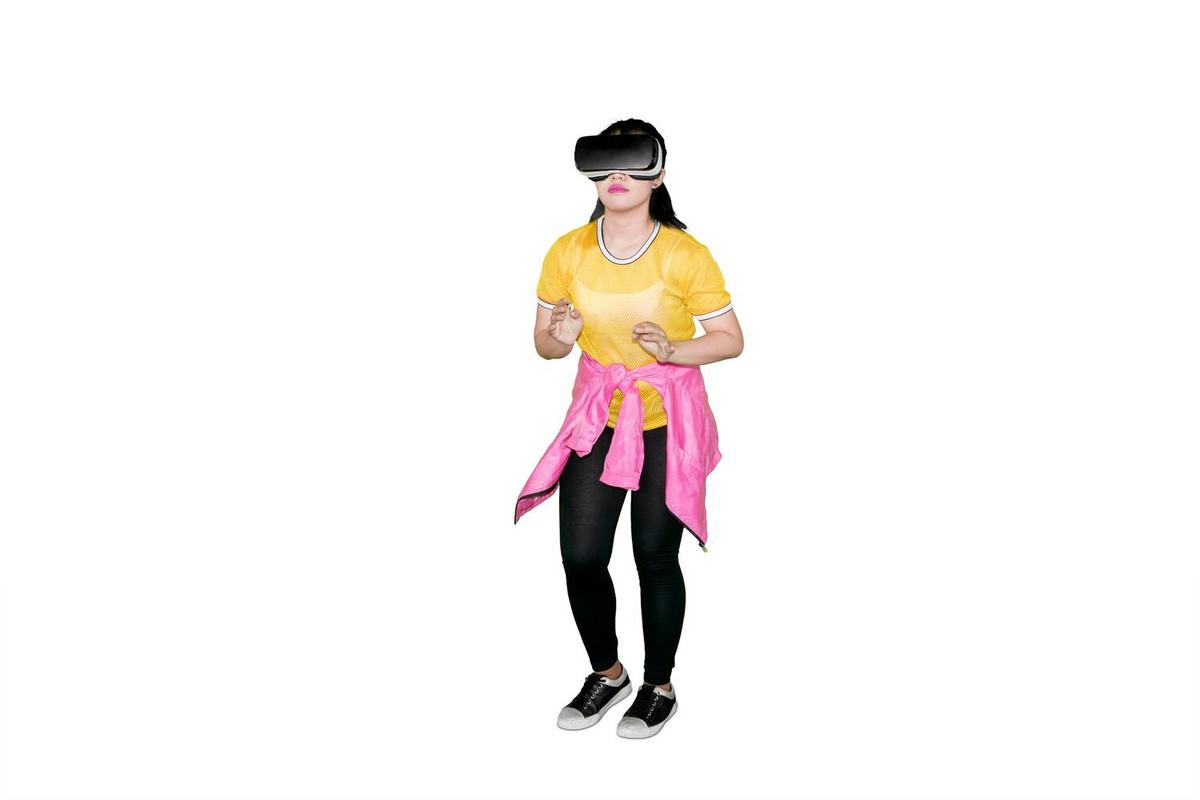
5 Stylish Brands Leading the Way in Green Fashion
As the fashion industry continues to evolve, the spotlight on sustainability has never been brighter. With growing awareness of environmental issues, a number of stylish brands are setting new standards in green fashion, redefining what it means to be both chic and eco-friendly.
Exploring the Leaders in Green Fashion
The movement towards sustainability in fashion is gaining momentum, with brands adopting innovative practices that reduce environmental impact. According to the Global Fashion Agenda, the industry is responsible for 10% of global carbon emissions, emphasizing the need for change. Let’s explore five outstanding brands that are paving the way in sustainable fashion.
1. Eco-Chic Apparel
Eco-Chic Apparel is renowned for its commitment to reducing waste by using upcycled materials. Their collections not only appeal aesthetically but also contribute to a circular economy, a model that the Ellen MacArthur Foundation describes as key to reducing fashion’s environmental footprint.
2. Organic Threads
Organic Threads focuses on using 100% organic cotton, which is grown without harmful pesticides. This brand’s approach has been praised by environmental experts for its lower impact on water resources. “Choosing organic over conventional cotton can save up to 90% of water,” says sustainability advocate Emma Green.
3. Recycle & Wear
Recycle & Wear has made headlines for their innovative recycling programs, turning plastic waste into stylish garments. This initiative aligns with a report from the Environmental Protection Agency, which states that recycling plastic significantly reduces greenhouse gas emissions.
4. Vegan Vibes
Vegan Vibes is a pioneer in cruelty-free fashion, offering collections made entirely from plant-based materials. This brand is not only animal-friendly but also reduces reliance on animal agriculture, a leading contributor to deforestation.
5. Conscious Couture
Conscious Couture combines luxury with sustainability by using eco-friendly dyes and fabrics. Their transparent supply chain has been lauded for ethical practices, ensuring fair wages and safe working conditions for workers.
Table of Sustainable Practices
| Brand | Key Practice | Impact |
|---|---|---|
| Eco-Chic Apparel | Upcycling | Reduces waste |
| Organic Threads | Organic Cotton | Conserves water |
| Recycle & Wear | Plastic Recycling | Reduces emissions |
| Vegan Vibes | Plant-Based Materials | Reduces deforestation |
| Conscious Couture | Eco-Friendly Dyes | Ethical production |
| Eco-Chic Apparel | Circular Economy | Promotes sustainability |
| Recycle & Wear | Transparent Supply Chain | Fair labor practices |
| Vegan Vibes | Cruelty-Free | Animal welfare |
How You Can Support Green Fashion
Transitioning to a more sustainable wardrobe doesn’t require a complete overhaul. Here are some actionable tips:
- Invest in quality pieces that last longer.
- Support brands with transparent, ethical practices.
- Consider second-hand shopping to extend the life cycle of clothing.
Conclusion
As consumers become more conscious of their environmental impact, supporting brands that prioritize sustainability is crucial. These five brands not only offer stylish options but also set an example for the industry. By choosing green fashion, you contribute to a more sustainable future.
FAQs
Why is sustainable fashion important?
Sustainable fashion minimizes environmental impact and promotes ethical labor practices.
How can I identify sustainable brands?
Look for transparency in practices, eco-friendly materials, and recognized certifications.
Is sustainable fashion more expensive?
While some sustainable items may cost more upfront, they often offer better quality and longevity.


